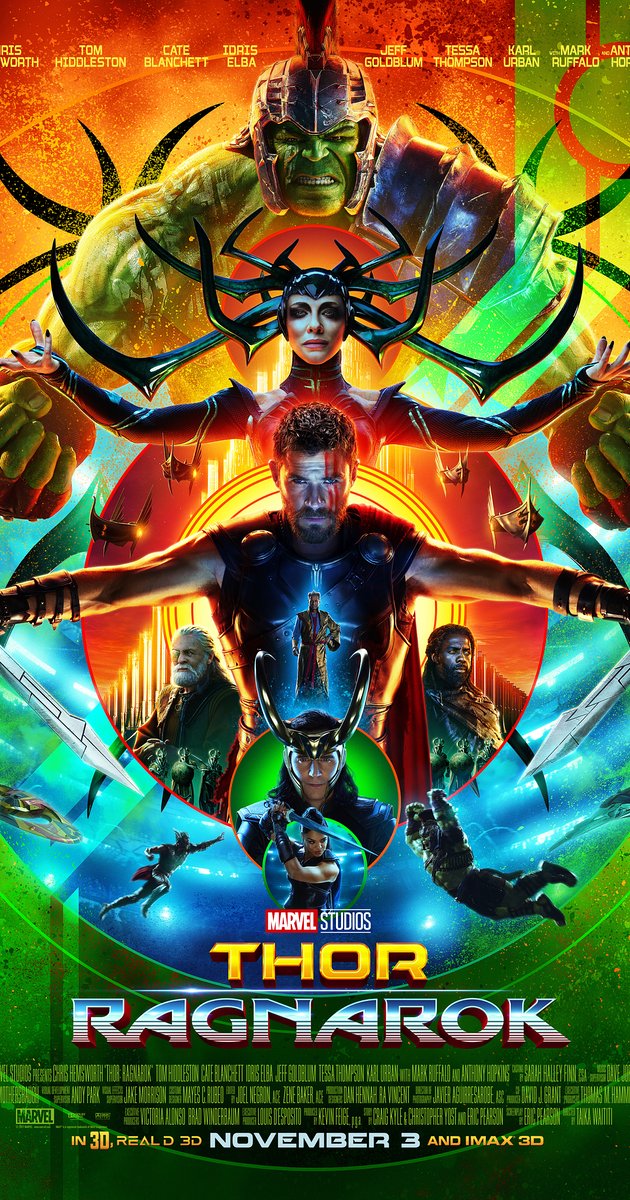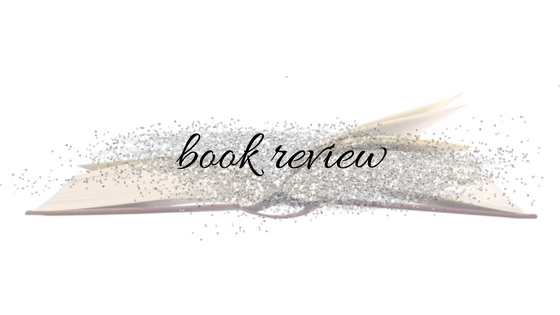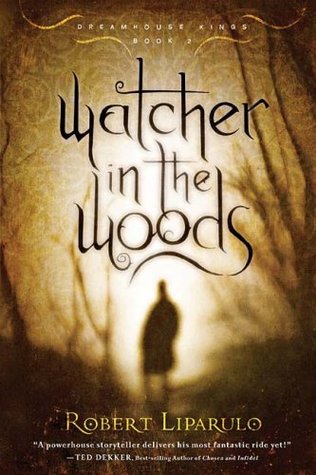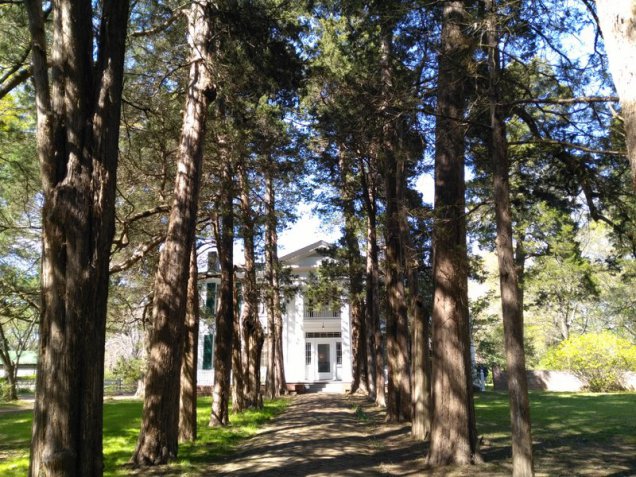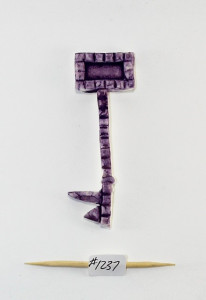“Had it not been for libraries, I would not be a writer”
It was a pleasure to attend the 3rd Annual Evening for Book Lovers at the Hamilton Public Library on Friday. A capacity crowd heard book recommendations from devoted library staff, enjoyed listening to Annette Hamm (Master of Ceremonies) and learned that The Best Kind of People will be this year’s Hamilton reads title. This was the lead up to hearing the esteemed Canadian author and Officer of the Order of Canada, Jane Urquhart.
Jane was introduced as a Canadian with curiosity and fascination with language, places and history. Her latest book, A Number of Things: Stories of Canada Told Through Fifty Objects was described as a “lively birthday present to Canada” which is celebrating its’ 150th birthday on July 1st. Having received an advance reader copy (ARC), I had been privileged to read this in September before it was published and learned a great deal about the resilience, perseverance and hard work that represented the challenges of building a life in Canada.
The author shared details of her own childhood, growing up in the northern community of Long Lac. Her father was a prospector moving the family north where her mother missed access to books and a library. Jane laughed that she was an avid reader and would actually have copies of The New Yorker dropped from a bush plane. Her mother struck up a friendship with a former librarian and the two opened their own library in the glassed in porch of their log cabin, sharing books with each other and the miners of the small community. Jane told a tale of a great forest fire. Her father was commanded to fight the fire and as the fire came closer to the cabin, her mother and friend ended up rowing out to the middle of the lake with a bottle of scotch, 50 books and 10 bone china tea cups! The read by the light of the forest fire and miraculously the only loss to the community were some outhouses!
Later, Jane moved to Toronto and told the audience that she could still remember the allure of the adult section of the library. After seeing Roger & Hammerstein’s Music Man, in New York, she informed the librarian that the play cast a librarian as a star and was allowed to choose from the adult section.
As part of the lead up to the Canadian sesquicentennial, Jane was approached by an editor from Harper Collins about writing a collection about objects spanning the 150 years of Canada. She admitted that this was not as easy as she thought and that the research would keep her up at night. She noted that there were two common themes to her research, the importance of indigenous people and the use and misuse of natural resources. The book is accompanied by illustrations of each object drawn by Scott McKowen.
She provided a reading of her research about Lady Susan Agnes MacDonald (wife of Sir John A) who rode through the Rocky Mountains seated on the cowcatcher which was attached to the front of the train. Her husband was not quite as adventurous and spent only a short time with his spouse. She spoke of the importance of samplers which were needlework pieces often created by young girls and this  section ended with the information that the sampler pictured was passed down through the family of Alice Munro (another Canadian treasure).
section ended with the information that the sampler pictured was passed down through the family of Alice Munro (another Canadian treasure).
She was asked how she chose the 50 items (and I would say that this book has many more than 50 items since each section expands to discuss other objects and Canadian history). She noted that as a “collector of weird things” there were certain things that she knew had to be included such as Montcalm’s skull, the legging, the CBC and the tiger skin rug from the Bengal Lounge at the Empress Hotel. This walk through history is both interesting and entertaining and readers can reflect on Canada as they learn these facts.
When questioned about which of the descriptions was most important to her, Jane shared the story of the big black rock in Montreal. It was a memorial to the 6500 Irish immigrants who died of typhus (aka as ship fever) and were buried in mass graves. They had immigrated to escape the potato famine and sadly died on arrival. She told the crowd that there were over 1000 orphans adopted by residents of Quebec at the time, many had been babies that didn’t even know their names.
Jane entertained questions about the writing process. Yes, she did all of her own research, leading to intriguing discoveries. She did thank her copy writer who helped ensure accuracy. She shared that she had always wanted to be a writer, that it was “in my blood”, laughing that she would get exams back with nothing correct yet the content was “well-expressed”. She said that she “honestly never believed would be able to live the life of a writer” but that she had both luck and timing on her side, coming of age at a time when Canadian writing was encouraged.
Her advice to aspiring writers was – reading, stating that you need to “ingest a lot”. She also encouraged the audience not to let the “inner critic get on your back when you are writing” and to forget what your relatives might say if you write about them. She said that “my relatives either get mad at me because they think they are in my books or get mad because they are not”.
I had been tempted to skip the event after an extremely exhausting week but am really glad that I ventured to Hamilton. Jane Urquhart is an amazing storyteller and was very inspiring. You can tell how much she loves weaving Canadian history into her tales and I was thrilled to have my collection of novels signed. I had previously enjoyed reading Away and am now in the midst of reading The Underpainter and enjoying her beautiful prose.
For those of you taking part in the Canadian Bingo or the Cross Country Challenge, her novels would be great additions to your reading!
Advertisements Share this:
